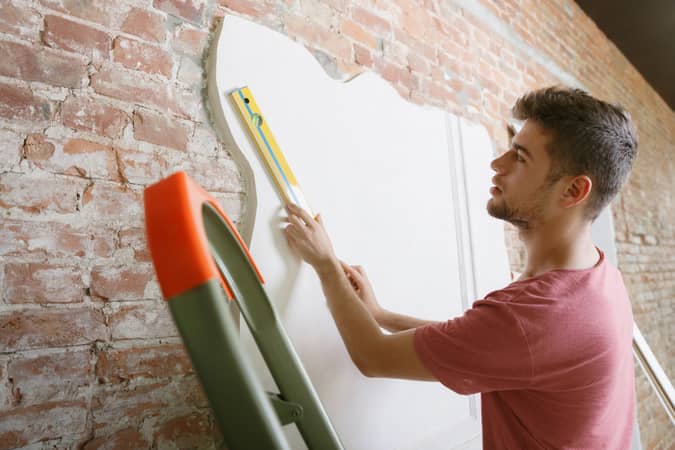nous contacter
Filters

Wall coverings are materials that cover the walls of a room. Wall coverings have an aesthetic function, but also a practical one, because they influence comfort, insulation, resistance, maintenance, etc. There are many
Here are the main types of wall coverings and how to install them:
Paint: paint is a wall covering that is easy to apply, modify and maintain. The paint offers a smooth, plain or nuanced appearance, which can be matte, satin or glossy. The paint is suitable for all styles of decoration, as it exists in a multitude of colors. The paint is also durable, waterproof and washable, but it can tarnish, crack or peel over time. To apply paint, you must prepare the wall, by cleaning, degreasing, dusting and drying it. It is then necessary to protect the floor, plinths, switches, etc. with masking tape and tarps. You must then apply the paint, using a roller, brush or spray gun. The number of layers, direction of passage, drying time, etc. must be respected. indicated by the manufacturer.
Wallpaper: wallpaper is a wall covering that comes in the form of rolls, printed with various patterns. The wallpaper offers a decorative, warm and personalized appearance. Wallpaper is suitable for rooms with low traffic, such as bedrooms, living rooms or offices, because it is sensitive to humidity, stains and tears. To hang wallpaper, you need to prepare the wall, by cleaning, leveling and protecting it. You must then measure the wall, taking into account connections, cutouts, windows, etc. You then need to cut the wallpaper, using a cutter, a ruler and a pencil. You must then install the wallpaper, applying the glue, smoothing the strips, respecting the joints, etc. Finally, you have to carry out the finishing touches, by cutting off the excess, cleaning off traces of glue, etc.
Paneling: paneling is a wall covering made up of wooden or PVC strips, assembled together by interlocking. Paneling offers a rustic, natural or modern look, depending on the finish, color, width, etc. Paneling is suitable for damp rooms, such as bathrooms or kitchens, because it is resistant to water, mold and insects. To install paneling, you must prepare the wall, by cleaning, leveling and protecting it. You must then install the battens, fixing them to the wall with dowels and screws. You must then install the paneling, by fitting the boards together, nailing or stapling them to the battens, respecting the direction of installation, etc. Finally, it is necessary to carry out the finishing touches, by installing the angles, quarter-rounds, plinths, etc.